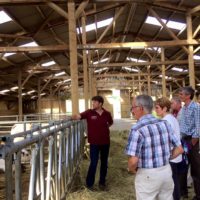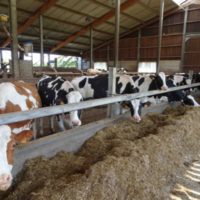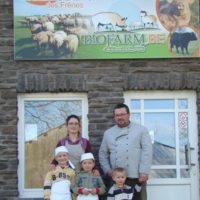Grazing: At the heart of tomorrow’s dairy systems
Practice abstract
Description
Grazing returns to the focal point of the dairy industry. Several initiatives to promote grass-based dairy products are beginning to add in their specifications a minimum grazing period, a maximum stocking rate and a minimum time spend for grazing daily. In the past, this criterion was only used in Protected Designation of Origins. Grazing is a well-known theme for dairy advisors. Supporting farmers to incorporate more grazing into the dairy cows diet does not seem to be a barrier. The two main constraints of grazing identified during the meeting with farmers, dairy industry, researchers and extension service are the lack of directly accessible area (new purchased land is rarely near the milking shed) and aversion to decreases of the individual milk yield of cows. Among the solutions to face the lack of accessible area: tunnels for crossing roads, mobile milking (much practiced in highland), and land exchange with neighbours. The latter is sometimes socially unappreciated because of such an emotional attachment to the land. It has been pointed out that some regions subsidise the installation of infrastructure to develop grazing and that the industry gives a better milk price to the farmer. This should allow investment to overcome some of these barriers. With regard to decreases of the individual milk yield of cows, two models emerge. Those who completely change the system and no longer think about the production per cow but rather income per hectare. And those who keep high-yielding dairy systems but include grazing up to half of the forage ration.
Abstract also available in:
Dutch | French | German | Italian | Polish | Swedish
Additional information
| Farming system | conventional farming |
|---|---|
| Domains of innovation | grazing management system, marketing |
| Main types of animal | dairy cattle |
| Country | France |
| Product type | Practice abstract |
| Language | English |




